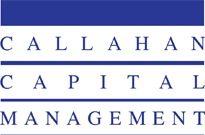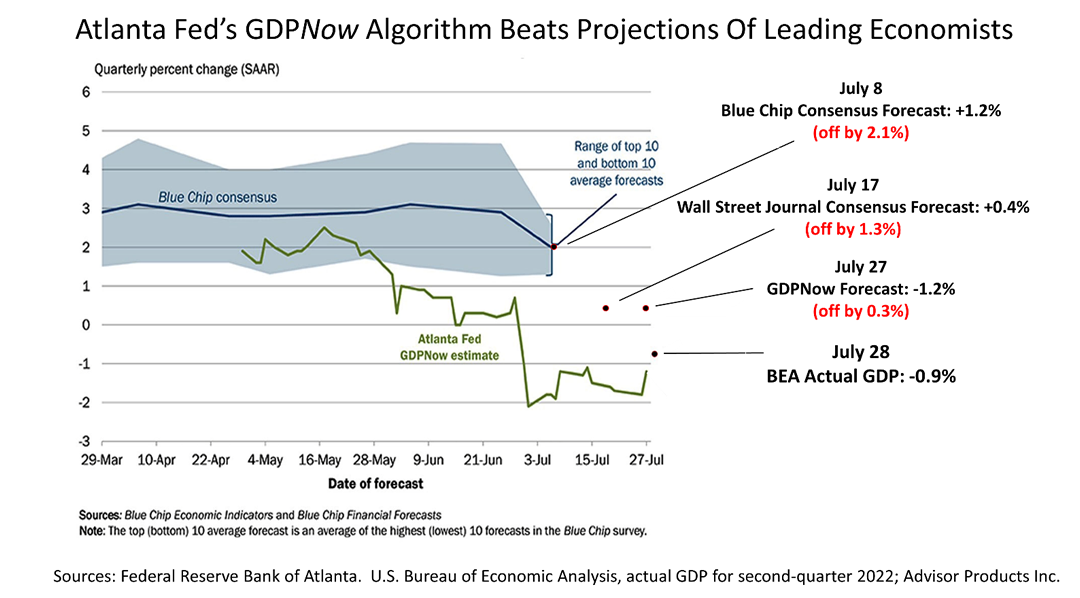More Articles
-
Slick TV ads often make financial planning and wealth management sound simple, but it’s usually not. Managing wealth requires knowing a lot about highly technical topics, like taxes, government regulations, and finance as well as history, psychology and how to communicate with loved ones about sensitive issues. This article highlights some of the knowledge needed to manage wealth and why it’s often so daunting without the help of an independent personal financial advisor who is familiar with your situation.
-
Understanding The Federal Reserve Mandate To End Inflation
The Federal Reserve System, the nation’s central bank, has a dual mandate to pursue maximum employment and maintain price stability. These two priorities are currently treated equally, but that was not always the case. In fact, the Fed’s bias toward maximizing employment was a critical driver of the stagflation that plagued the U.S. in the late 1960s and 1970s. Recognizing the need to balance price stability and maximum employment, in 1977, Congress revised the Federal Reserve Act.
-
Fed Governor Kugler Details Inflation And Economic Outlook
The 12-month inflation rate, as measured by the personal consumption expenditures (PCE) index, was 2.6% in December, down from its peak of 7.1% in June 2022, and the six-month rate for PCE inflation was even lower, at 2%, which is the target rate set by the Federal Reserve.
-
Why Rates May Not Be Cut Until June
The cost of a loan to buy a home, car, college education, and achieve the American Dream is staying the same for now. As expected, Federal Reserve Chairman Jerome Powell said the central bank did not lower loan rates following the Fed’s Wednesday, Jan. 31, 2024, policy meeting.
-
Practical Suggestions For Achieving Your 2024 Resolutions
New Year’s resolutions usually fail because they‘re often too hard to achieve. After six months, only 10% of people who make resolutions achieve them or remain committed to them, , according to a study by Dr. Mark Griffiths, a Chartered Psychologist and Distinguished Professor of Behavioral Addiction at the Nottingham Trent University. What can you do to make financial, medical, or other personal resolutions more likely to be achieved?
-
A Sign Of Progress In Solving U.S. Economic Problems
The Federal Reserve appears to be pulling off a feat most experts did not believe it could: ending its aggressive inflation-fighting campaign of 11 interest rate hikes without tipping the U.S. economy into a recession.
-
Fed Keeps Rates Unchanged; Expects Easing In 2024
To promote transparency and free markets, the Federal Reserve System began publishing the opinions of the 19 U.S. central bankers that decide interest rate policy.
-
Have You Logged Into Your Social Security Account?
Have you logged in to your Social Security account? Creating an online account at SSA.gov is an important first step in understanding your retirement income situation. However, only about 60 million of the 160 million individuals in the U.S. labor force who have Social Security accounts have created a way to access the Social Security Administration’s website.
-
The Great Fake Out Of 2023 Is Poised To Extend Into 2024
All year long, the economy and stock prices have fooled experts and consumers, outperforming expectations month after month.
-
Test Your Financial Planning IQ
The five questions below are a challenge meant to allow you to assess your knowledge of investing, tax and financial planning. If you have been following our news stream, this quiz draws on familiar ground. The answers are below.
- Read More
Planning Briefs
Amid 2Q '22 Turmoil, Fed’s Robo-Economist Forecast Was More Accurate Than Leading Economists
Published Tuesday, August 2, 2022 at: 9:47 PM EDT
In the three tumultuous months of the second quarter, the Federal Reserve of Atlanta’s algorithm for estimating quarterly economic growth was far more accurate than consensus forecasts by leading economists. That’s unusual.
The Atlanta Fed’s GDPNow predictions are sometimes wildly wrong. Though consensus forecasts of economists are far from perfect, the humans have been more reliable than the GDPNow algorithm.
The Fed’s GDPNow forecast is updated two or three hours after the government releases economic data throughout every quarter. GDPNow’s prediction is designed to come closer to the actual growth rate announced by the BLS as the end of a quarter nears.
Although the Fed robo-economist’s track record is mixed, it was more reliable than the human experts in the second quarter, which was beset by multiple anomalies, including supply chain disruption, declining demand for inventory, and Fed rate hikes. The humans were overly optimistic for nearly the entire quarter.

There are two highly credible surveys of leading economists: a quarterly poll of 60 economists by The Wall Street Journal, and a monthly survey by Blue Chip Economic Indicators, cited by the Atlanta Fed along with its weekly updated GDPNow algorithm.
The actual GDP for the second quarter came in at a decline of nine tenths of 1% on July 28. The Wall Street Journal’s consensus forecast of 60 leading economists, published July 17, expected growth in the second quarter to come in at about four tenths of 1% -- 1.3 percentage points higher than the actual result.
In this period of concurrent anomalies, forecasts by GDPNow were much closer to reality since early May; The forecasts human experts clung to a 3% growth prediction for months and did not revise it lower until July – and then to 2%, nowhere near the negative actual rate of growth announced on July 28.
We’re not saying that the GDPNow forecast is a breakthrough in predicting the economy, but if the algorithm is better at predicting quarterly results in periods of high economic uncertainty, it would be good to know.
Tracking developments like this is just one way we help you make long-term investments amid a changing world.
Nothing contained herein is to be considered a solicitation, research material, an investment recommendation, or advice of any kind, and it is subject to change without notice. Any investments or strategies referenced herein do not take into account the investment objectives, financial situation or particular needs of any specific person. Product suitability must be independently determined for each individual investor. Tax advice always depends on your particular personal situation and preferences. You should consult the appropriate financial professional regarding your specific circumstances. The material represents an assessment of financial, economic and tax law at a specific point in time and is not intended to be a forecast of future events or a guarantee of future results. Forward-looking statements are subject to certain risks and uncertainties. Actual results, performance, or achievements may differ materially from those expressed or implied. Information is based on data gathered from what we believe are reliable sources. It is not guaranteed as to accuracy, does not purport to be complete, and is not intended to be used as a primary basis for investment decisions. This article was written by a professional financial journalist for Advisor Products and is not intended as legal or investment advice.
©2022 Advisor Products Inc. All Rights Reserved.




